DROPS Puna
Pure alpaca softness
from:
3.39€
per 50 g
Content: 100% Alpaca
Yarn Group:
B (20 - 22 stitches)
/ 8 ply / DK / worsted
Weight/length: 50 g = approx 110 m
Recommended needle size: 4 mm
Knitting tension: 10 x 10 cm = 21 sts x 28 rows
Care: Hand Wash, cold max 30°C / Dry Flat / Feltable
Superwash: no
Made in: Peru
Raw material origin: Alpaca from Peru
This yarn has an Oeko-Tex® certification (certificate number 16.HPE.92779), Standard 100, Class II from the Hohenstein Institute. This means that is has been tested for harmful substances and is considered safe in human-ecological terms. Class II means the yarn is suitable to come in direct contact with the skin to a large extent, such as blouses, shirts, mattresses, etc.
DROPS Puna is a soft, light and beautifully warm yarn made from 100% superfine alpaca that’s perfect for almost any kind of garment and feels wonderful on the skin. Puna is made from 4 threads of superfine alpaca. The alpaca fibers used in this yarn are untreated, which means that it is only washed and not exposed to any chemical treatment prior to the dyeing. This highlights the fiber’s natural properties, while it also provides a better shape and texture quality.
Available in the most beautiful natural colours - this luxurious yet versatile yarn belongs to Yarn Group B, which makes it perfect to use in designs for both DROPS Karisma and DROPS Merino Extra Fine. And whether you knit or crochet with it, the result will be comfortable, light and wonderful to both see and touch. Plus, you can make sure you get very even stitches by giving your garment a simple wash.
Read more about our products' sustainability here
Please be aware that the colours shown may vary from screen to screen in the same way that shades may vary slightly from dye lot to dye lot.
How do I care for this yarn?

Hand Wash, cold max 30°C / Dry Flat
First of all, consider just airing the garment, instead of washing it. If you still desire to wash it, here are some guidelines:
- Hand wash at 30ºC - separately - with wool detergent without enzymes or optical brighteners.
- Don’t let the garment soak. Move the garment gently back and forth, do not rub or squeeze it.
- Rinse the garment until the rinse water is completely clear, making sure the water temperature stays uniform.
- Do a light centrifugation of the garment (about 800rpm), choosing a program that DOES NOT take in water at the start. Or press carefully the water out of the garment with a dry towel. The garment shouldn’t be twisted or rolled.
- To dry the garment, shape it and lay it flat - do not hang - ideally on a warm bathroom floor or on top of a drying rack in a room with good air circulation. Never dry the garment in direct sunlight.
- Don’t tumble dry.
Note: If you are washing a project made with this yarn combined with another, the general guideline is to follow the washing instructions for the most delicate of the yarns you are working with.
Thinking about felting this yarn?
See how this yarn looks before and after felting:
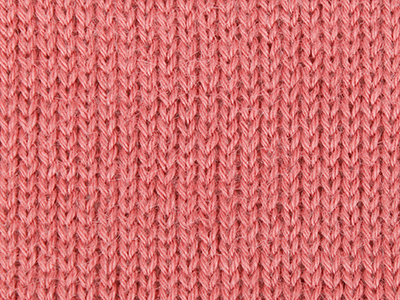

Needles: 4.00 mm
Before: 20 sts x 26 rows
After: 22 sts x 34 rows
Do you have a question about this yarn?
See a list of frequently asked questions (FAQ) about our yarns.
1) What type of fibers make the DROPS yarns?
Yarn can be made from a large number of natural and synthetic fibers. DROPS carries mainly yarns made from wool, cotton, alpaca, linen, mohair and silk. Each fiber type has its own qualities, and they are often mixed to take advantage of the best properties of each one. Coarse yarn has the advantage of being stronger and more durable, and finer fibers offer more softness and comfort. Here a bit about the main fibers we carry:
Alpaca:
Alpaca fleece is the natural fiber harvested from an alpaca, and it is similar in structure to sheep wool fiber. Its softness comes from the small diameter of the fiber, similar to merino wool. It is a soft, durable, luxurious and silky natural fiber. Yarn made from alpaca fibers does not felt or pill easily, and it can be light or heavy in weight, depending on how it is spun. While similar to sheep’s wool, it is warmer, not prickly, and has no lanolin, which makes it hypoallergenic. Alpacas come in 22 natural colors, with more than 300 shades from a true-blue black through browns-black, browns, white, silver and rose-greys.
Mohair:
This fiber comes from the Angora goats, and it's considered a luxury fiber. Mohair yarn is warm as wool, but much lighter in weight; it is durable, dyes well and does not felt easily. Mohair fibers have also a distinctive luster created by the way they reflect light. Despite being a hard fiber, mohair is usually spun into a very fluffy yarn, resulting in airy and lustrous garments.
Wool:
The wool fibers come from the skin of sheep and are relatively coarse fibers. Two striking characteristics of wool are its susceptibility to heat and its felting property, which is caused by the scales on the surface. Depending upon the breed of sheep, the appearance of the wool varies.
Wool from Merino sheep is considered the finest type of wool, having as characteristics that is finely crimped and soft. All the Merino wool in the DROPS yarns has its origins in South America, coming from sheep that have not been subject to Mulesing.
Pure new wool is wool made directly from animal fleece, and not recycled from existing wool garments.
Machine washable wool is wool treated chemically to minimize the outer fuzzy layer of the fibers, and be therefore fitable for machine wash (see Superwash).
Silk:
The silk fiber is a fine continuous fiber produced from the cocoon of a moth caterpillar known as the silkworm. While silkworm is cultivated, the wild or tussah silk is obtained from uncultivated silkworm cocoons. Silk fiber is one of the strongest natural fibers and makes a wonderful knitting yarn. It blends really well with other fibers, especially wool. Silk also dyes beautifully with natural dyes.
Vegetable fibers:
There are several varieties of vegetable fibers, found in the cell walls of plants or vegetables. Of all the varieties, two are recognized as major knitted or textile fibers. They are cotton and linen.
Cotton is the fiber surrounding the seeds in a cotton pod, and it is almost pure cellulose. Cotton is usually white in color but there are green and brown varieties as well. The cotton fiber is most often spun into yarn or thread and used to make a soft, breathable textile that is good for summer clothing and accessories, making a weaker yarn than silk or linen but stronger than wool.
Mercerized cotton is cotton that has been through a mercerization treatment. This treatment gives cotton fabrics and threads a lustrous yarn that is more lustrous than conventional cotton. It is also stronger, takes dye a little more readily, makes the yarn more resistant to mildew and reduces lint. It also may not shrink or lose its shape as much as "regular" cotton.
Linen is a fiber derived from the stalk of the flax plant that is durable and stronger than any other fiber. The linen fiber is relatively soft, straight and lustrous and becomes more beautiful with age. Linen is more comfortable to wear in hot temperatures than cotton, due to the fact that it absorbs moisture better and dries more quickly.
Other materials used in our yarns include synthetic fibers such as acrylic, viscose, polyamide (nylon) and polyester. These fibers are used mostly to give strength to a yarn (like our sock yarn, DROPS Fabel) or a special kind of structure (like our blown yarn, DROPS Air).
The polyamide fibre, commonly known as nylon, is very strong, durable, lightweight, easy to care for (can be machine washed and dried), and elastic, which makes it perfect for blending with other fibres to produce hard-wearing yarns like sock yarn.
Compared to polyester, polyamide is softer and more flexible, but it also absorbs more water and dries slower.
3) What type of information can I find on the DROPS yarn labels?
All DROPS yarn labels include information about fiber content (wool, cotton, etc.), weight in grams and ounces, length in meters and yards, washing instructions and symbols (explained here), color number, dye lot number and yarn group information.
4) What are the DROPS yarn groups?
All DROPS yarns are classified into 6 different thickness groups (A to F). Yarns in a same group have similar knitting tension/gauge, and can therefore be interchanged in patterns; however the length may be different, so when substituting always calculate the amount of meters/yards needed for the pattern to know the amount of yarn you need to get.
5) Can I use a different yarn than the one mentioned in the pattern?
Yes, as long as the yarn can be worked in the same knitting tension/gauge. Always swatch to make sure you get the same number of stitches in width and rows in height as given in the pattern.
Remember that different yarns with different textures, will give the garment different looks. The yardage/length may also be different, so when substituting always calculate the number of yards needed, in order to know the amount of yarn you need.
Read more about how to calculate the amount of an alternative yarn - and how to replace 1 thread of a yarn with 2 or more of another, here.
6) What does it mean when a yarn is “Superwash”?
A superwash wool is a special wool product that has been treated or processed in a way that allows it to be machine washable. Many people are afraid to work with wool because it is so easy to shrink (though some shrink wool on purpose) and superwash wool can allow them to work with great fibers without worry. (Read more here).
7) What does “Oeko-Tex® certified” means?
The Oeko-Tex® Standard 100 was introduced at the beginning of the 1990s as a response to the needs of the general public for textiles which posed no risk to health. The Oeko-Tex® Standard 100 is a globally uniform testing and certification system for textile raw materials, intermediate and end products at all stages of production. The test for harmful substances comprise substances which are prohibited or regulated by law, chemicals which are known to be harmful to health, and parameters which are included as a precautionary measure to safeguard health.
For more info go to www.oeko-tex.com
10) How accurate are the colours on the shade cards online?
When obtaining images for the shade card, we do our best to achieve the highest level of color accuracy. Unfortunately, we cannot guarantee how images will appear on your computer screen. Every monitor displays color differently, some colors might look darker than they really are, and some colors might be more saturated on some screens. If you experience that many of the yarn colors looks different on your screen than the actual color of the skeins, you can adjust the setting on your monitor.
11) What is a micron? What does super fine / extra fine mean?
The fineness of yarn fibers is measured in microns (thousands of millimeters). Super fine alpaca wool is 26-28 microns. Fine merino wool is less than 21.5 microns and extra fine merino is under 19.5 microns. The less microns the softer and more delicate a quality can be, the more microns the more hard wear the quality will be.
The reason why the microns in a yarn’s fibers are important is that the yarn will eventually become something else, and how delicate or coarse a yarn is will determine in part what we use it for. That’s why we recommend the softest yarns (like DROPS Baby Merino) for baby clothing, or why we choose to use a more hard wear yarn like DROPS Snow, for a seating pad or slipper.
12) Why are the colours in my skeins of print yarn different?
The reason why two skeins of a same print yarn look different can be 1) that both skeins are part of different dye lots; 2) that the skeins have been dyed using a technique called "magic print" (the one used for example in DROPS Delight), which provides unique patterns and smooth colour transitions to each skein, meaning also that within one dye lot, lighter or darker varieties might appear. This is no fault or defect, but part of the yarn's character.
13) My store doesn’t have the colour I want, what can I do?
If your DROPS store doesn’t have the yarn colour you want, try contacting a DROPS Super Store (the ones with the golden badges) - they will make sure to get a hold of the colour even if they don’t have it in stock themselves. See a list of all DROPS stores here.
14) Where can I find a specific dye lot of a colour?
Always try contacting your DROPS store first. If they do not have the dye lot you want we recommend you to ask other knitters and crocheters in the DROPS Workshop in Facebook or Ravelry, which may have the dye lot in their stash and might be willing to part from it.
Yarn sheds because there's not enough twist to hold all of the fibers together. All yarns have excess fibers (from production) that might come off as lint or shedding, in varied degrees that depend on how the yarn is spun. Brushed yarns ("hairier" yarns) like DROPS Melody, have more of these loose fibers than other yarns, and therefore shed more. Shedding also depends on what is worn under or over the garment, and whether this pulls at the yarn fibers. It’s therefore not possible to guarantee that there will be no shedding.
Below are some tips on how to get the best result when working with hairier yarns:
- When the garment is finished (before you wash it) shake it vigorously so the looser hairs come off. NOTE: do NOT use a lint roller, brush or any method that pulls at the yarn.
- Place the garment in a plastic bag and put it in your freezer - the temperature will cause the fibers to become less attached to each other, and excess fibers will come off easier. Leave in the freezer for a few hours before taking it out and shaking it again.
- Wash the garment according to the instructions on the yarn label. Garments worked with hairier yarns usually need to be shaken once dry after washing, so that the hairs rise and any excess fibers can come off.
Pilling is a natural process that happens to even the most exclusive of fibers. It's a natural sign of wear and tear that is hard to avoid, and that is most visible in high friction areas of your garment like a sweater's arms and cuffs.
You can make your garment look as new by removing the pilling, using a fabric comb or a pill/lint remover.
How can I replace this yarn?
If you are looking to replace this yarn with another DROPS yarn, you can use another yarn within the same yarn group, or try our yarn converter!
Other yarns in Yarn Group B
Read more about replacing yarn.Have a problem with the DROPS yarn you purchased?
When you purchase yarn from the shade cards or patterns on our site, you are not buying directly from DROPS but from one of the hundreds of DROPS stores around the world. It is therefore important that you take contact with the DROPS store where you bought the yarn, and that you save the labels of all the skeins you purchased (they are your warranty).
The DROPS store you contact will assist you and escalate the claim if necessary. Find a list of DROPS stores here.
Comments / Questions (146)
![]() Glenys Gallagher wrote:
Glenys Gallagher wrote:
I am looking to purchase DROPS Puna in off white for one of your patterns, but none of the suppliers have it in stock. Have you stopped producing it ?
17.02.2021 - 16:42DROPS Design answered:
Dear Mrs Gallagher, try out our DROPS Superstores, you should find the requested colour - and remember you can always contact your DROPS store to ask them when they are intended to get any colour back in stock. Happy knitting!
18.02.2021 kl. 09:57
![]() Ewa Dobkowska wrote:
Ewa Dobkowska wrote:
Witam, prosze mi podpowiedziec która wóczka z Drops nie jest gryzaca. Wyszlo przy przymiarce Olafura z Karismy, ktorego to robiam dla meza. Odmówil noszenia bo 'gryzie'. Sweter zmniejszylam o dwa rozmiary i koncze. Bede nosic sama. Pozdrawiam
14.02.2021 - 18:14DROPS Design answered:
Witaj Ewo, nie gryzą włóczki z merynosem w składzie, nadają się nawet dla małych dzieci: Baby Merino (grupa włóczek A), Merino Extra Fine (grupa B), Big Merino (grupa C). Pozdrawiamy!
15.02.2021 kl. 12:06
![]() Christian wrote:
Christian wrote:
Please clarify "Available in natural colors and a selection of gorgeous dyed shades." Are the Natural and Natural Mix options undyed (i.e. the natural alpaca wool color) or are they just dyed natural colors? If they ARE dyed, do you use synthetic dyes?
02.02.2021 - 21:37DROPS Design answered:
Dear Christian, all natural and natural mix colours are undyed. Happy knitting!
03.02.2021 kl. 11:27
![]() EHRMANN wrote:
EHRMANN wrote:
Bonjour, il me manque 5 pelotes de Puna naturel 01 ayant pour bain 257887. Pouvez-vous me dire quelle boutique aurait ce bain ou un bain se rapprochant le plus possible ? Merci Véronique Ehrmann
01.02.2021 - 08:48DROPS Design answered:
Bonjour Mme Ehrmann, contactez individuellement chacun des magasins présents dans la liste du nuancier pour leur demander - même par mail ou téléphone, eux seuls pourront vous renseigner. Vous pouvez également demander à d'autres tricoteuses du monde entier si elles peuvent vous aider via notre DROPS Workshop. Bonne chance!
01.02.2021 kl. 11:03
![]() Judith Raab wrote:
Judith Raab wrote:
Hallo! Ist es möglich zuviel bestellte Garne zurückzusenden? Vielen Dank!
30.01.2021 - 13:01DROPS Design answered:
Liebe Frau Raab, wenden Sie sich bitte an den DROPS Laden, wo Sie Ihre Wolle gekauft haben, gerne wird man Ihnen dort informieren. Viel Spaß beim stricken!
01.02.2021 kl. 11:20
![]() Claudia Carolina wrote:
Claudia Carolina wrote:
Dear Sirs, thank you so much for the great yarns and patterns. I need black undyed yarn for a cowl. Is black Puna undyed? Thanks again.
16.01.2021 - 19:51DROPS Design answered:
Dear Claudia Carolina, yes, Black Puna (as well as all "natural mix" colours) is undyed. Happy knitting!
18.01.2021 kl. 13:34
![]() Rosalba Romero wrote:
Rosalba Romero wrote:
Tienen envíos a México?
14.01.2021 - 14:43DROPS Design answered:
Hola Rosalba. Puedes pedir la lana aquí: https://www.garnstudio.com/findastore.php?s=w&cid=23
31.01.2021 kl. 20:03
![]() Sophia Porter wrote:
Sophia Porter wrote:
I’m looking for Drops Puna beige 02 with dye lot number 262406, 4/5 balls needed. Would you let me know if you have any please? Kind regards, Sophia
29.12.2020 - 13:57DROPS Design answered:
Dear Sophia. In this website we don’t sell the yarns. You should contact your nearest DROPS store for further information. Kind regards
03.01.2021 kl. 23:26
![]() Soleillade wrote:
Soleillade wrote:
Je suis assez mitigée sur cette laine. Elle est vraiment très douce mais lorsqu'on est amenée à détricoter elle s'effiloche, se dédouble
20.12.2020 - 08:16DROPS Design answered:
Bonjour Soleillade, merci pour votre retour, si vous pensez que la laine a un défaut malgré tout le soin apporté, merci de bien vouloir contacter votre magasin DROPS avec toutes les informations nécessaires sur la laine (couleur, bain). Merci et bonne continuation!
21.12.2020 kl. 09:09
![]() Eija wrote:
Eija wrote:
Millaiset ovat Puna langan valmistuksen ympäristövaikutukset? Eläinten kasvuolosuhteet ja kohtelu, langan valmistusvaihe ja työntekijöiden asema?
19.12.2020 - 11:52
![]() Caroline wrote:
Caroline wrote:
Is this DROPS Puna yarn Oeko Tex certified? If so, what type of certification does it carry?
15.12.2020 - 22:18DROPS Design answered:
Dear Caroline, our DROPS Puna is not Oeko-tex certified. Happy knitting!
16.12.2020 kl. 07:16
![]() Montaigne wrote:
Montaigne wrote:
J’ai un modèle qui mélange le fil puna avec le fil brushed alpaga. Avec quel colorie puis je associer avec le fil puna mer du nord n15? Merci pour vos réponses.
12.12.2020 - 21:59DROPS Design answered:
Bonjour Mme Montaigne, pour toute assistance au choix d'une couleur, merci de bien vouloir contacter votre magasin DROPS, on pourra vous aider, même par mail ou téléphone. Bon tricot!
14.12.2020 kl. 10:57
![]() Rubina wrote:
Rubina wrote:
Salve Vorrei realizzare ai ferri una coperta matrimoniale con il filato Puna, oppure Alpaca e vorrei sapere quanta me ne occorre Grazie
09.11.2020 - 09:33DROPS Design answered:
Buonasera Rubina, dovrebbe fare un campione 10x10 cm con il filato e i ferri che vuole utilizzare e poi calcolare la quantità di filato necessaria. Buon lavoro!
11.11.2020 kl. 22:46
![]() Rubina wrote:
Rubina wrote:
Salve Vorrei realizzare ai ferri una coperta matrimoniale con il filato Puna, oppure Alpaca e vorrei sapere quanto me ne occorre Grazie
09.11.2020 - 09:31DROPS Design answered:
Buonasera Rubina, per un aiuto così personalizzato può rivolgersi al suo rivenditore DROPS di fiducia. Buon lavoro!
07.12.2020 kl. 23:11
![]() Portia wrote:
Portia wrote:
I’m crocheting with Puna 06 light grey and Puna 16 grey green. I’ve noticed that the 06 is noticeably hairier and “looser” than the 16. It also untwista more easily. I’m using the same stitch and same needle. I can also see a very slight but noticeable difference in thickness - the 16 is very Slightly thicker than the 06. I’m on my 3rd ball of 06 and still see the same characteristics. Is this normal?
15.08.2020 - 11:03
![]() KK wrote:
KK wrote:
"Hi . Please can you give me some advice. I'm making a simple wrap shawl that I'm using Drops Puna (100% alpaca DK). & I want to make parts of it (I'm thinking of around the border) with DROPS Bomull-Lin (53% cotton, 47% linen). Do you think that'd work or it'd be too heavy to hold the Drops Puna? I haven't bought the latter yet so can't do a swatch. The shawl wrap is a simple rectangle, about 70cm x 150cm ALREADY AWARE THEY'RE DIFFERENT WEIGHT YARNS, HENCE THE QUESTION. Thank you
23.06.2020 - 13:29DROPS Design answered:
Dear Mrs KK, please read previous answer, and contact your DROPS store for any individual assistance choosing a yarn, you are welcome to contact them per mail, telephone or even on their social medias. Happy knitting!
23.06.2020 kl. 16:09
![]() KK wrote:
KK wrote:
New reply on "Hi . Please can you give me some advice. I'm making a simple wrap shawl that I'm using Drops Puna (100% alpaca DK). & I want to make parts of it (I'm thinking of around the border) with DROPS Bomull-Lin (53% cotton, 47% linen). Do you think that'd work or it'd be too heavy to hold the Drops Puna? I haven't bought the latter yet so can't do a swatch. The shawl wrap is a simple rectangle, about 70cm x 150cm Thank you 🙂 🌷
22.06.2020 - 20:51DROPS Design answered:
Dear KK, well Bomull-Lin belongs to yarn group C while Puna belongs to yarn group B - you will find here the cotton yarns from yarn group B - Remember your DROPS store will be able to help you to choose the best alternative, do not hesitate to contact them even per mail or telephone. Happy knitting!
23.06.2020 kl. 09:22
![]() Diana Oldacre wrote:
Diana Oldacre wrote:
Is Drops Puna yarn feltable? I notice that this is NOT a Superwash yarn - does this mean that it will felt if it is rubbed in hot soapy water? If so it is exactly what I am looking for.
23.05.2020 - 00:56DROPS Design answered:
Dear Mrs Oldacre, correct, DROPS Puna is not a superwash yarn - remember to always knit a swatch before (and felt it) to check your tension. Happy knitting!
25.05.2020 kl. 13:29
![]() Yvette CHAMARD wrote:
Yvette CHAMARD wrote:
J'aimerai savoir aussi vite que possible si la laine PUNA donne un travail qui ne se déforme pas (contrairement à la DROPS Mérino extra fine dont il semble qu'elle présente ce gros problème, au point de rendre certains ouvrages ratés - commentaires sur le site). Quelle laine me conseiller (pull femme à tricoter en 4 au point de riz). Grand merci d'avance.
27.03.2020 - 16:03DROPS Design answered:
Bonjour Mme Chamard, si vous respectez les consignes de tension et d'entretien de nos laines, vous n'aurez pas de surprise. Tricotez toujours bien votre échantillon au préalable, puis lavez-le et faites le bien sécher à plat, vérifiez les mesures et recommencez avec une autre taille d'aiguille si nécessaire. Retrouvez ici tous nos conseils d'entretien des fils et n'hésitez pas à contacter votre magasin DROPS pour toute assistance personnalisée au choix d'une laine. Bon tricot!
30.03.2020 kl. 12:22
![]() Alice wrote:
Alice wrote:
Is it common for the yarn color (#15 north sea) to stain one's fingers while knitting? Is there something I can do to "set" the color once I've finished the sweater? I do love the color and the yarn.... Thank you.
03.02.2020 - 03:26DROPS Design answered:
Dear Alice, this can happen that dark colours contain an excess of dye, so it's important to make sure the garment is rinsed until the water is clear, to avoid the excess dye affecting other colours in the garment. read more here 03.02.2020 kl. 10:52
![]() Balunade wrote:
Balunade wrote:
Ist Ihre Wolle Moulesing frei ?
24.01.2020 - 12:02DROPS Design answered:
Liebe Balunade, ja genau, hier lesen Sie mehr. Viel Spaß beim stricken!
27.01.2020 kl. 10:41
![]() Lucy wrote:
Lucy wrote:
Hi! I’ve made lots of lovely things with Drops Puna alpaca. Recently someone asked me if the alpaca yarn is obtained without cruelty to the animal. I had never thought about this but now it’s been brought to my attention I’m worried that animals have been hurt obtaining this yarn, can you put my mind at rest please? Many thanks.
13.12.2019 - 16:42DROPS Design answered:
Dear Lucy, Most of our wool comes from South America - Peru mostly - and it's sourced from farms that follow strict quality/enviromental regulations. Animals like the alpacas for example are often only shed once a year, and are the complete livelihood of these farms. Also, the factories that harvest and card the fibre have to follow strict labour laws and give back to the Peruvian community in the form of social projects, etc. You will find more information about our yarns origin in each of the yarn’s shadecards and on our yarn FAQ on Tips & Help. Happy knitting!
16.12.2019 kl. 09:54
![]() Maria wrote:
Maria wrote:
Sind Drops puna natural und natural mix ungefärbt?
07.10.2019 - 18:16DROPS Design answered:
Liebe Maria, ja, so ist es richtig. Viel Spaß beim stricken!
08.10.2019 kl. 11:00Felicia Kang wrote:
Hi There - Everywhere I read on your website it had mentioned that Drops Puna is soft, not prickly and feels wonderful directly on the skin. We've purchased several dozen balls of this and once it is knitted up, it is actually rather prickly, even more so that some wool. Did we recieve a bad batch or are Puna just prickly in general? I am generally not very sensitive to pricklyness but this is not acceptable for a yarn that is advertised to be soft and feels wonderful directly on the skin.
16.05.2019 - 19:35DROPS Design answered:
Dear Mrs Kang, we are sorry to hear that, please contact the store where you bought the yarn for any further assistance. Happy knitting!
17.05.2019 kl. 09:08






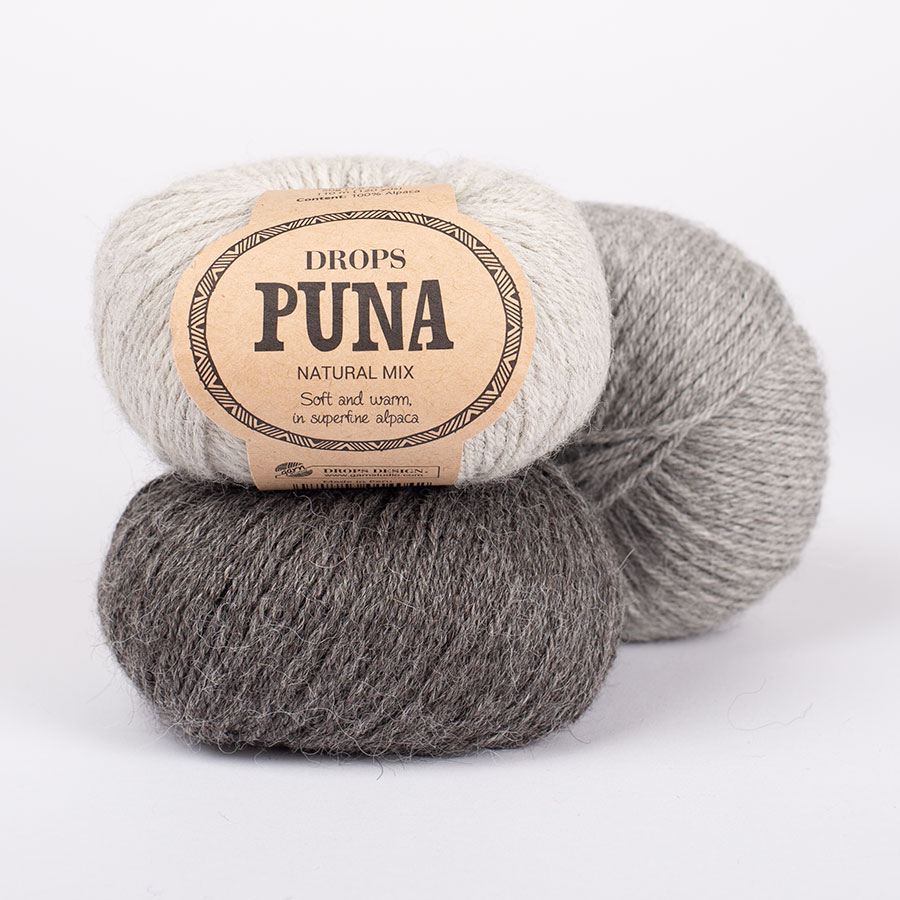

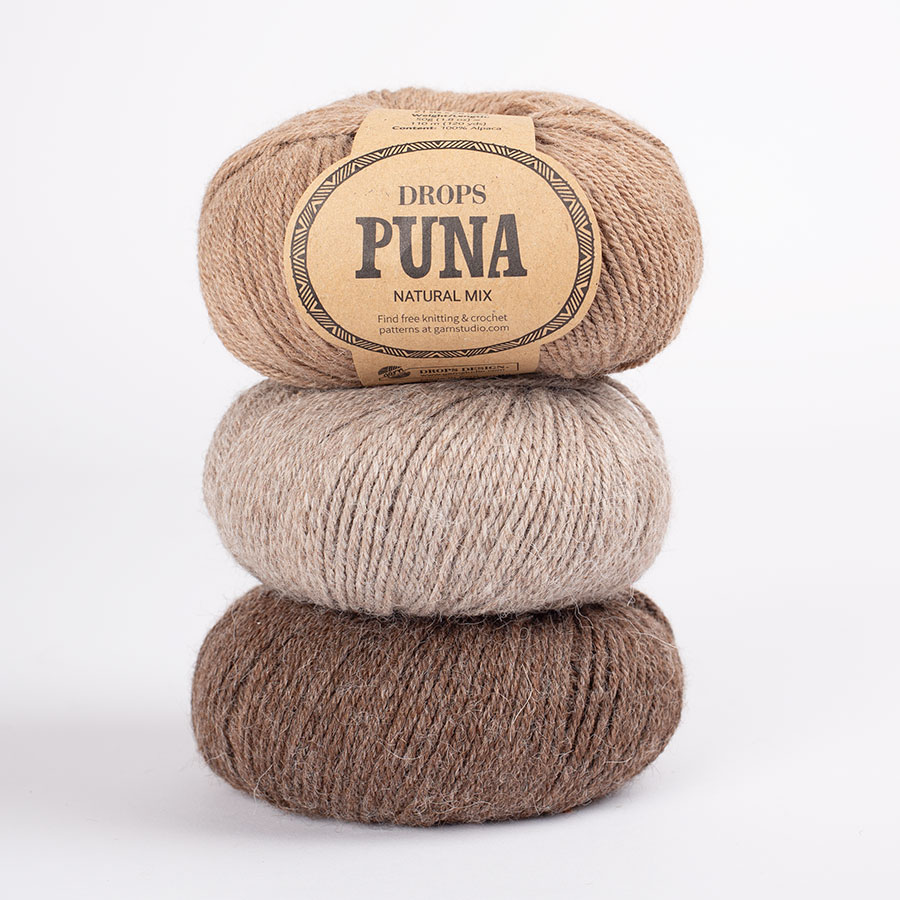
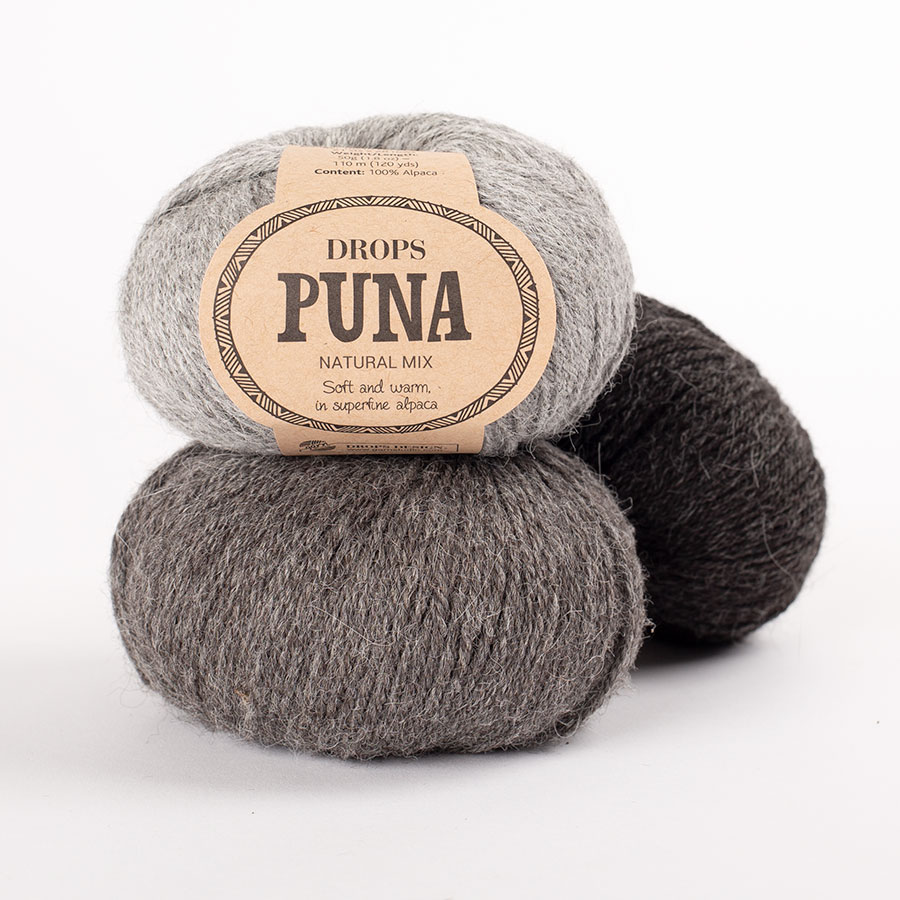
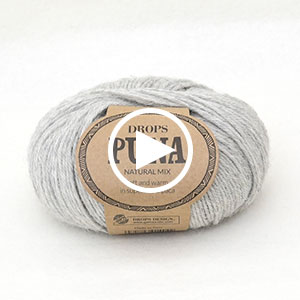








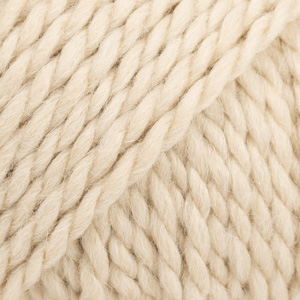











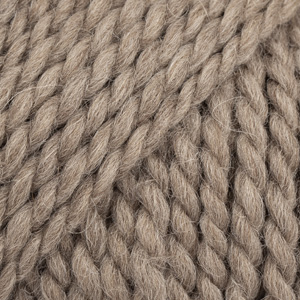

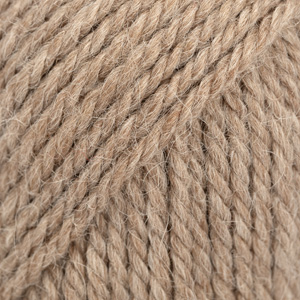


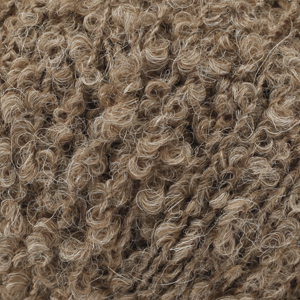








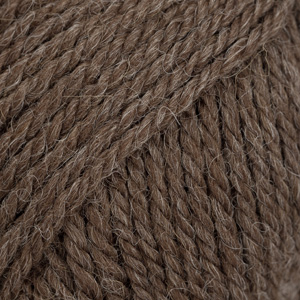

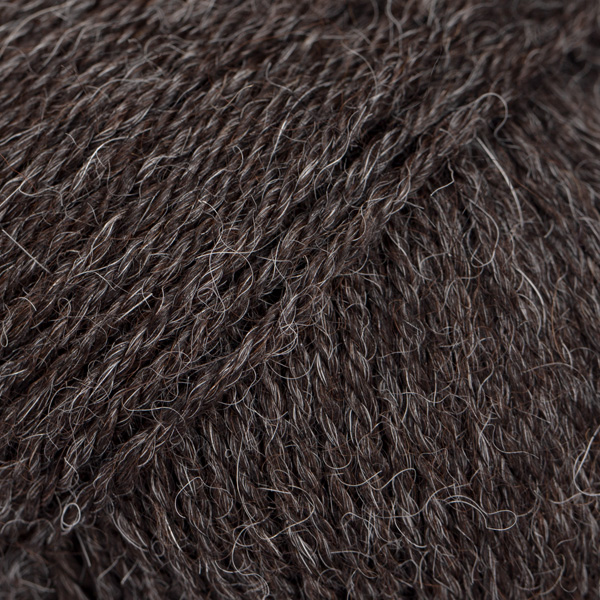



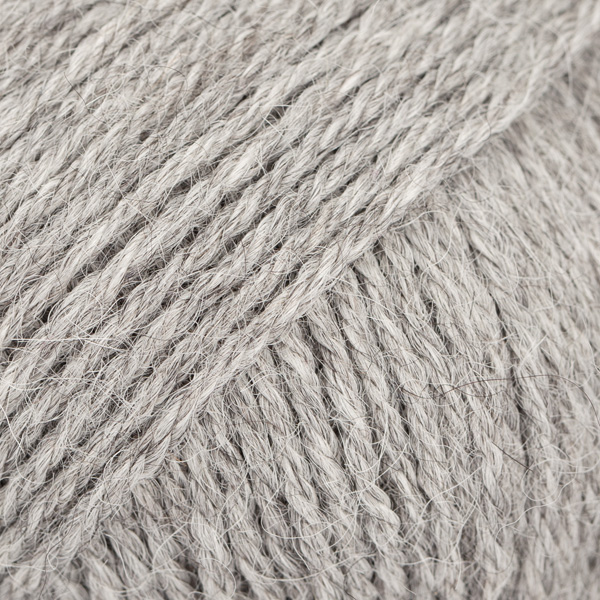




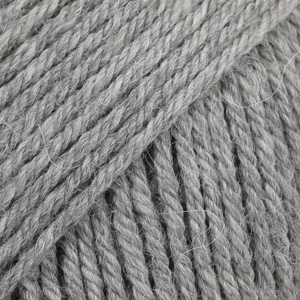




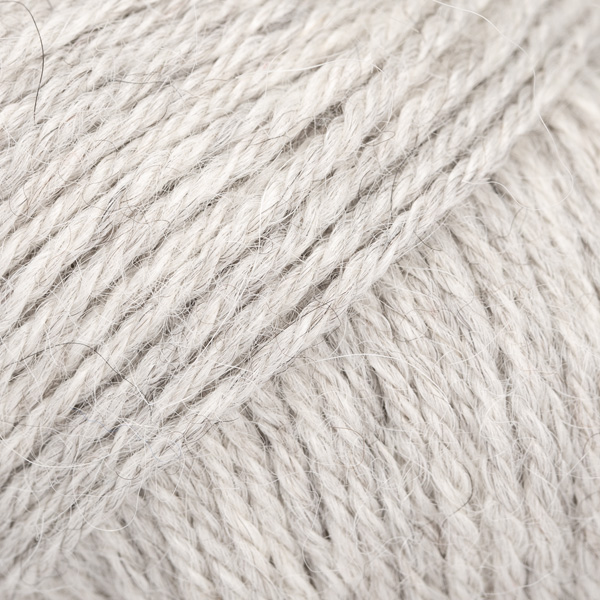


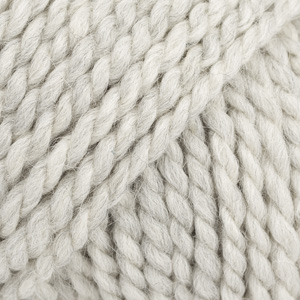















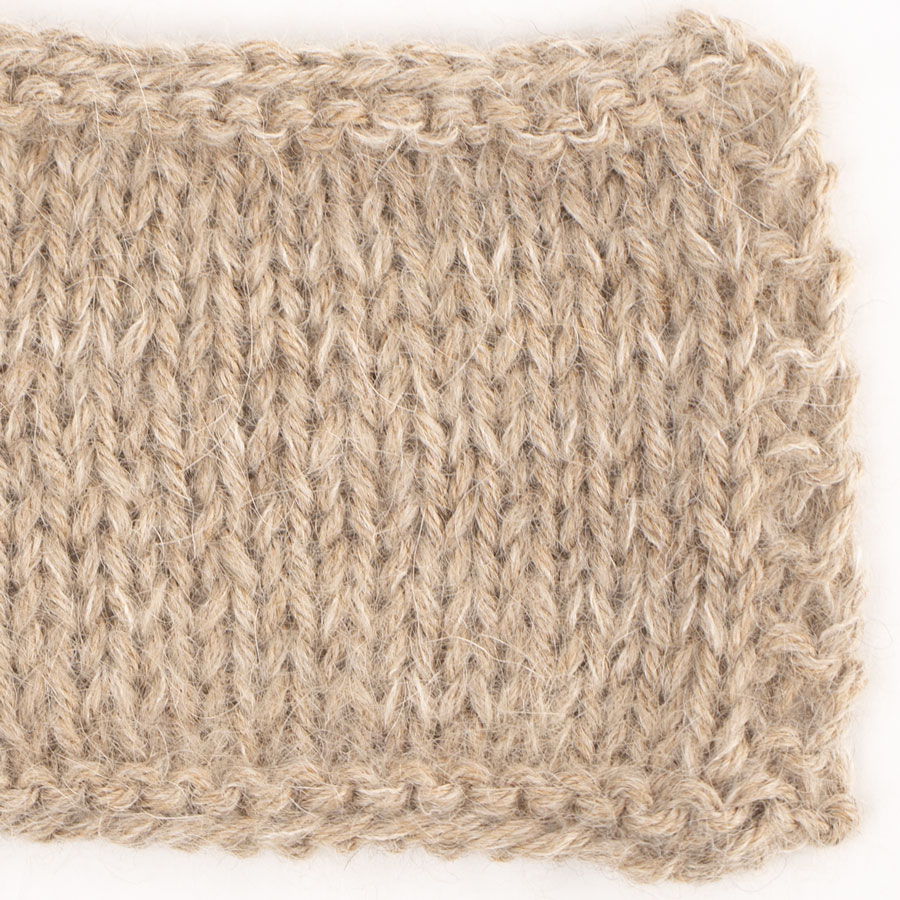
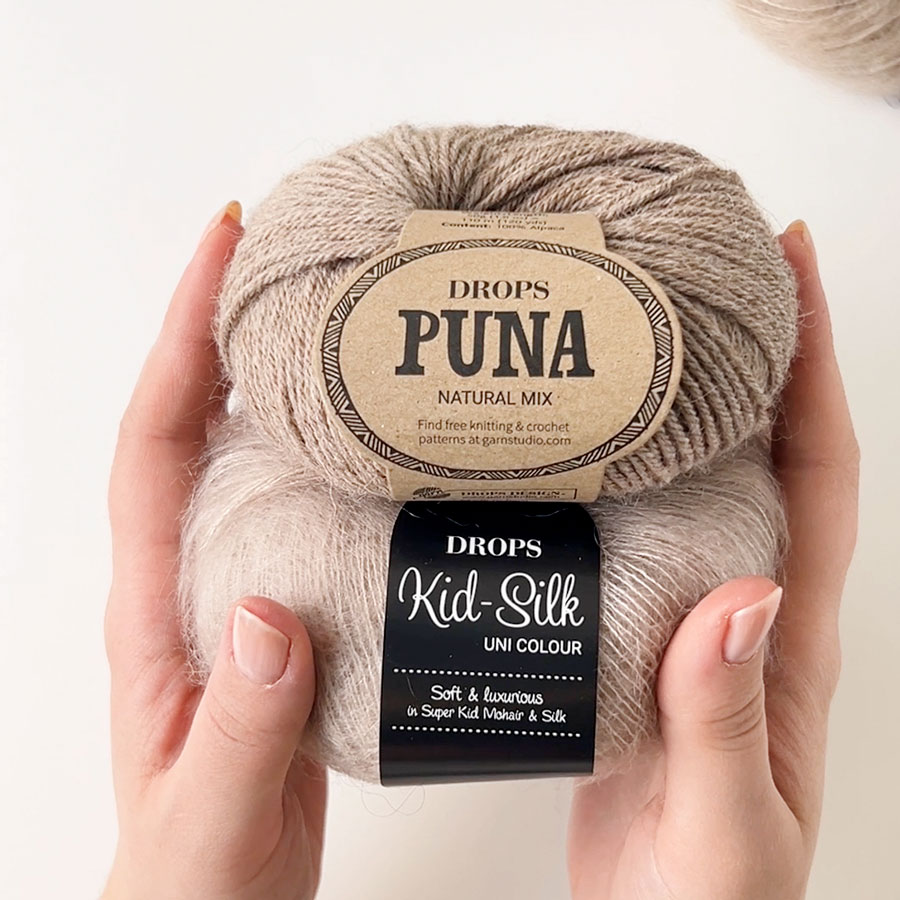
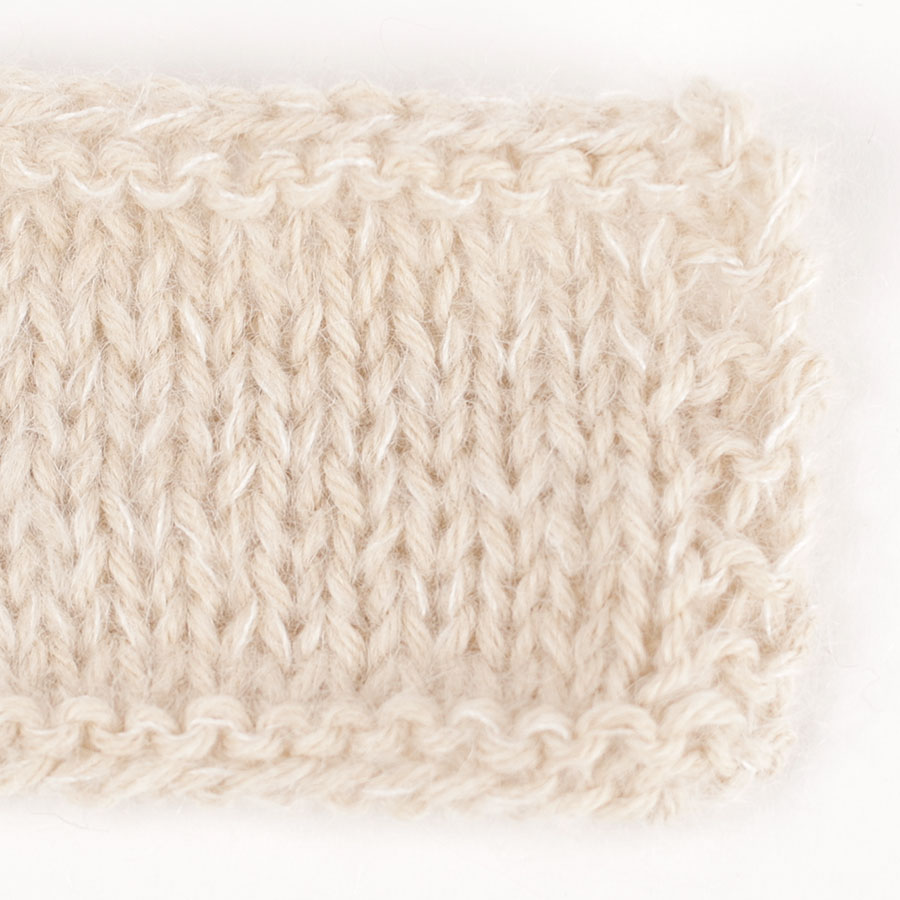
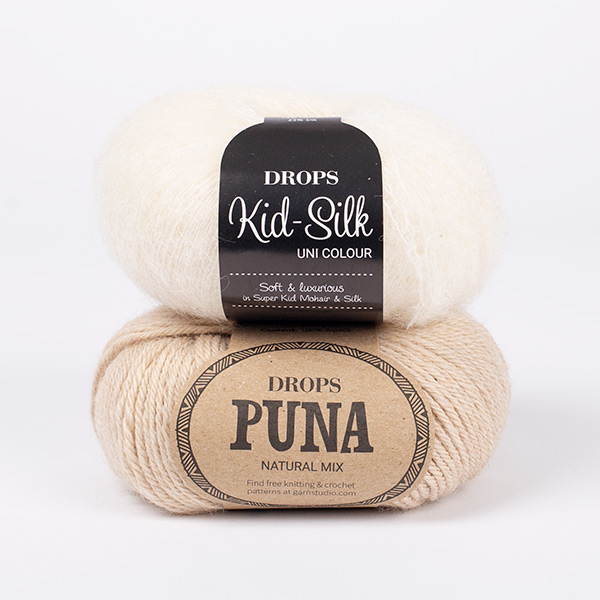
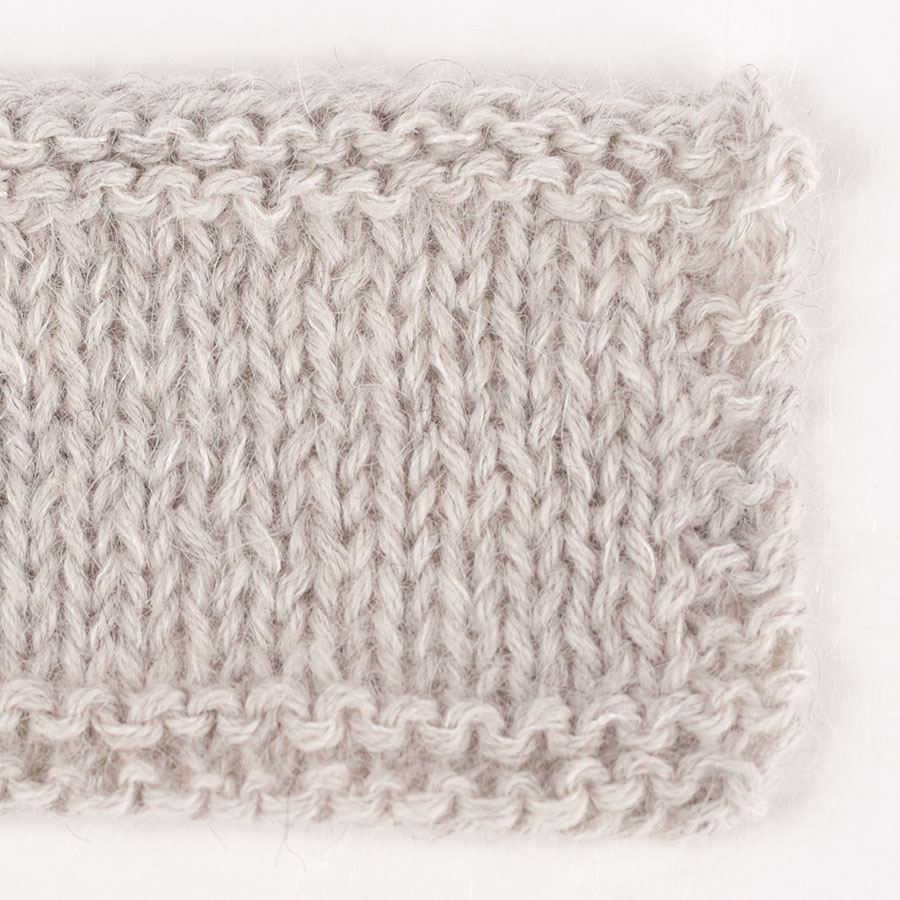
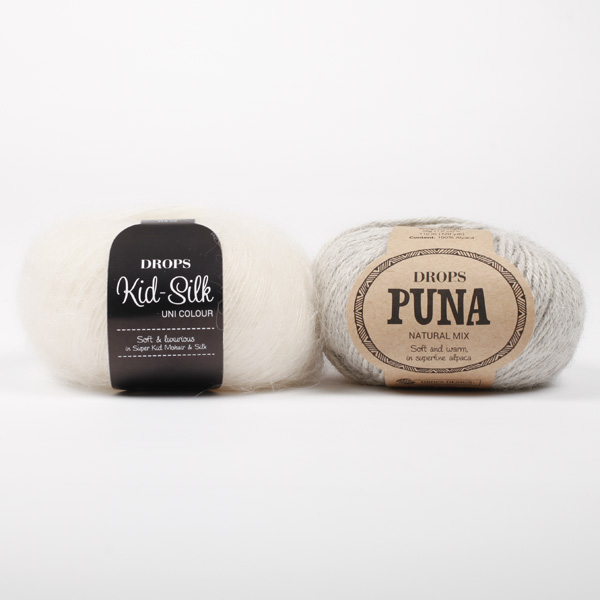





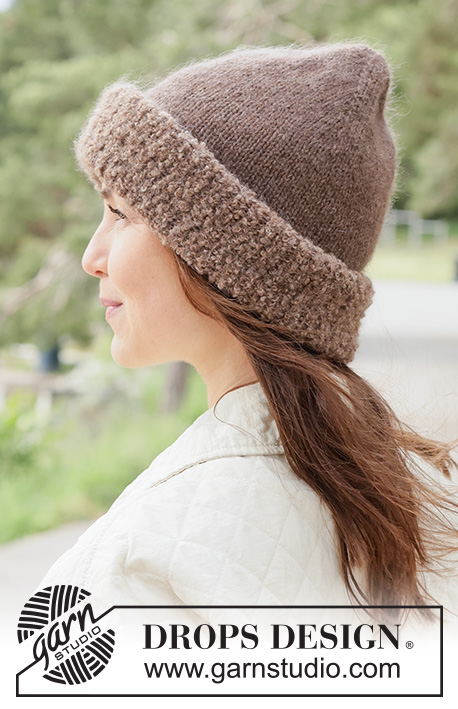


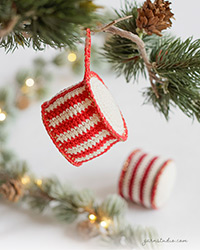





Hvis jeg skal se på hvilke farver, der klæder mig, kan jeg i dette lækre garn vælge mellem brun, mørkegrå og sort. Det ville være dejligt med nogle varme, gerne nogle efterårsfarver. I har suppleret visse garner med nogle, men der er stadig en del garner, som stort set består af kolde og/eller meget douce farver, og i dem ligner jeg nærmest en døende, så dem har jeg ikke lyst til at bruge. Kommer de varme farver i flere garner?
14.01.2021 - 16:14